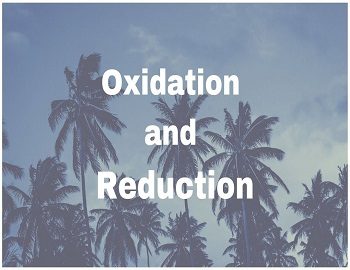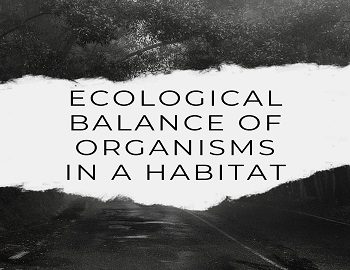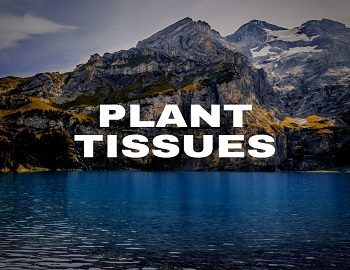Table of Contents
Fixation of Nitrogen:
Nitrogen is essentially an inert element. Under ordinary conditions, the nitrogen of the air does not react with other elements. As most of the nitrogen is present in a free state which cannot be assimilated directly by the living organisms, it has to be converted into its useful compounds by some processes. A process by which atmospheric nitrogen is changed into a useful nitrogen compound is referred to as fixation of nitrogen. The atmosphere is a potential source of nitrogen for the manufacture of various compounds of nitrogen such as ammonia, urea, nitric acid, ammonium sulfate, ammonium nitrate etc. Some of the compounds of nitrogen are used as artificial fertilizers in order to increase food production for an ever-growing population on the earth. As a result, large quantities of nitrogen compounds are removed from the soil and thus soil becomes poor in nitrogen compounds. Artificial fertilizers are added to the soil to maintain its fertility. Thus, fixation of nitrogen may be defined as the conversion of free nitrogen into useful nitrogenous compounds.
The fixation of nitrogen is carried out both naturally as well as artificially. There are two methods by which nitrogen is fixed in nature. These methods are as under- Natural methods and Artificial methods.
Natural Methods:
The natural methods which bring about the fixation of nitrogen are as under-
(a) By Lightning- In nature, atmospheric nitrogen is converted into nitrogen compounds by lightning to give rise to the formation of NO, NO2, HNO3.
N2 + O2 —–> 2NO
2NO + O2 ——-> 2NO2
4NO2 + O2 + 2H2O ——-> 4HNO3
CaCO3 (from soil) + 2HNO3 ——-> Ca(NO3)2 (food for plants) + H2O + CO2
(b) By Symbiotic Bacteria- Symbiotic bacteria live in nodules of leguminous plants. These bacteria convert atmospheric nitrogen into proteins which serve as food for the growth of plants.
Artificial Methods:
The fixation of nitrogen by natural methods is a slow process. Chemists have developed methods capable of producing nitrogen compounds used as fertilizers to meet our ever increasing demands. Today, more than half of the world’s requirements of nitrogen compounds are fulfilled by artificial fixation process. The artificial methods of fixation of nitrogen are as under-
(a) Haber’s Process- A large amount of atmospheric nitrogen is converted into ammonia by Haber’s process. Nitrogen and hydrogen combine under suitable conditions of temperature (450°C) and pressure (200-900 atmospheric pressure), in the presence of a catalyst (Fe + Mo).
N2 + 3H2 ——–> 2NH3
(b) Birkland and Eyde Process- Nitrogen of air is made to combine with oxygen directly under the influence of an electric arc at a temperature 3000-3500°C to give nitric oxide. This oxide combines with more oxygen to give nitrogen dioxide. The dioxide is dissolved in water in presence of air or oxygen to form nitric acid.
N2 + O2 ——–> 2NO
2NO + O2 ———> 2NO2
4NO2 + O2 + 2H2O ——–> 4HNO3
(C) Cyanamide Process- Calcium carbide is heated in an atmosphere of nitrogen to give rise to the formation of calcium cyanamide and coke.
CaC2 + N2 ——-> CaCN2 + C
The cyanamide on treatment with super-heated steam yields ammonia.
CaCN2 + 3H2O ———> CaCO3 + 2NH3
(D) Nitride Process- Certain metals such as Mg and Al when heated in an atmosphere of nitrogen give rise to the formation of the corresponding nitrides.
3Mg + N2 ——-> Mg2N2
2Al + N2 ——–> 2AlN
The nitride then reacts with water to give ammonia.
AlN + 3H2O ——–> Al (OH)3 + NH3
(E) Ostwald’s Process- Ammonia is converted into nitric acid by this process. Ammonia is mixed with oxygen and is then passed over heated platinum gauge which acts as a catalyst.
4NH3 + 5O2 ——–> 4NO + 6H2O
2NO + O2 ———> 2NO2
3NO2 + H2O ——–> 2HNO3 + NO









Comments (No)